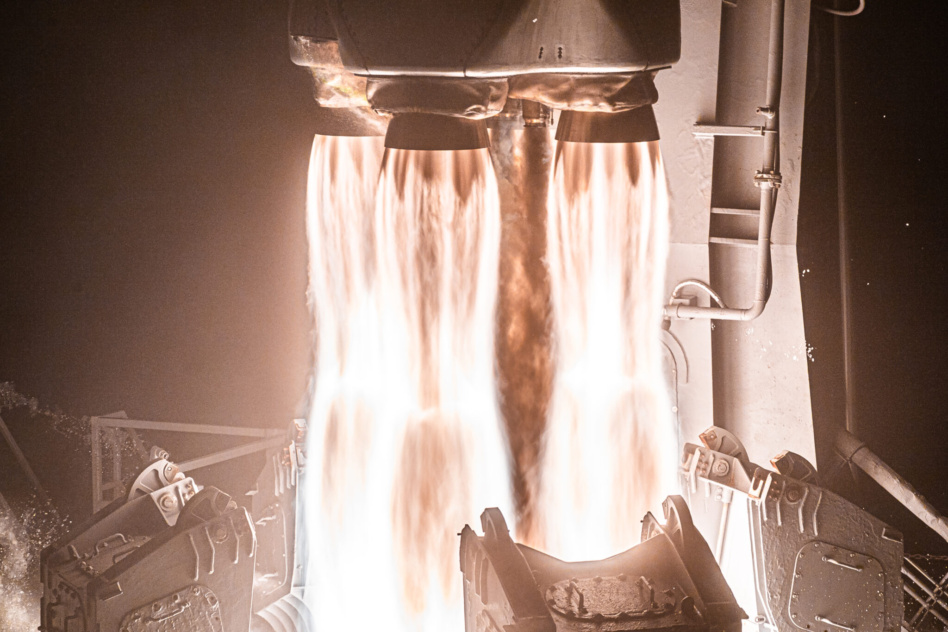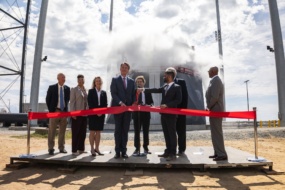An Alpha rocket built by Firefly Aerospace delivered eight NASA-sponsored science cubesats to orbit on July 4 from Vandenberg Air Force Base, CA.
This was Alpha’s fifth launch and second unalloyed success, alongside the company’s first trip to orbit in September for the DoD.
It was the first launch since a December mission where second-stage engine problems left the payload in the wrong orbit. The company said that after deploying these payloads, it successfully relit its second stage engine to demonstrate the fix for those problems..
Ready for prime time: Firefly’s Alpha, with the goal of flying a metric ton, has been under development for more than a decade, but may be ready for prime time. The company is planning to launch three more times this year, and six times in 2025.
Firefly has gone through several corporate incarnations and ownership changes, but it’s now controlled by private equity fund AE Industrial Partners and led by CEO Bill Weber—although Bloomberg reported last month that the financiers have done due diligence ahead of a potential $1.5B sale.
For context, competitor Rocket Lab is valued at $2.23B by public investors.
Fast (?) to the pad: Among other things, Alpha is intended to fulfill the US military’s interest in being able to launch assets to space on demand.
Firefly demonstrated that capability with last year’s VICTUS NOX mission for the Space Force, which gave the launch startup just 24-hours notice before liftoff. This time around, it took two trips to the pad before the Alpha took off, so there are still kinks to be worked out.
Still, the prepared payload fairing was delivered and integrated into the rocket hours before liftoff, rather than days or weeks before, with Space Force personnel on hand to observe.
More pads and more birds: Firefly recently announced two new Alpha launch sites:
- The Esrange Space Center in Sweden has agreed to host launches starting in 2026, which would make Firefly the first American company to launch satellites in Europe.
- The Mid-Atlantic Regional Spaceport (MARS) in Virgina, better known as Wallops Island. Firefly is partnering with Northrop to develop a new, reusable medium-lift rocket, and plans to launch it and Alpha from Northrop’s MARS pad.




